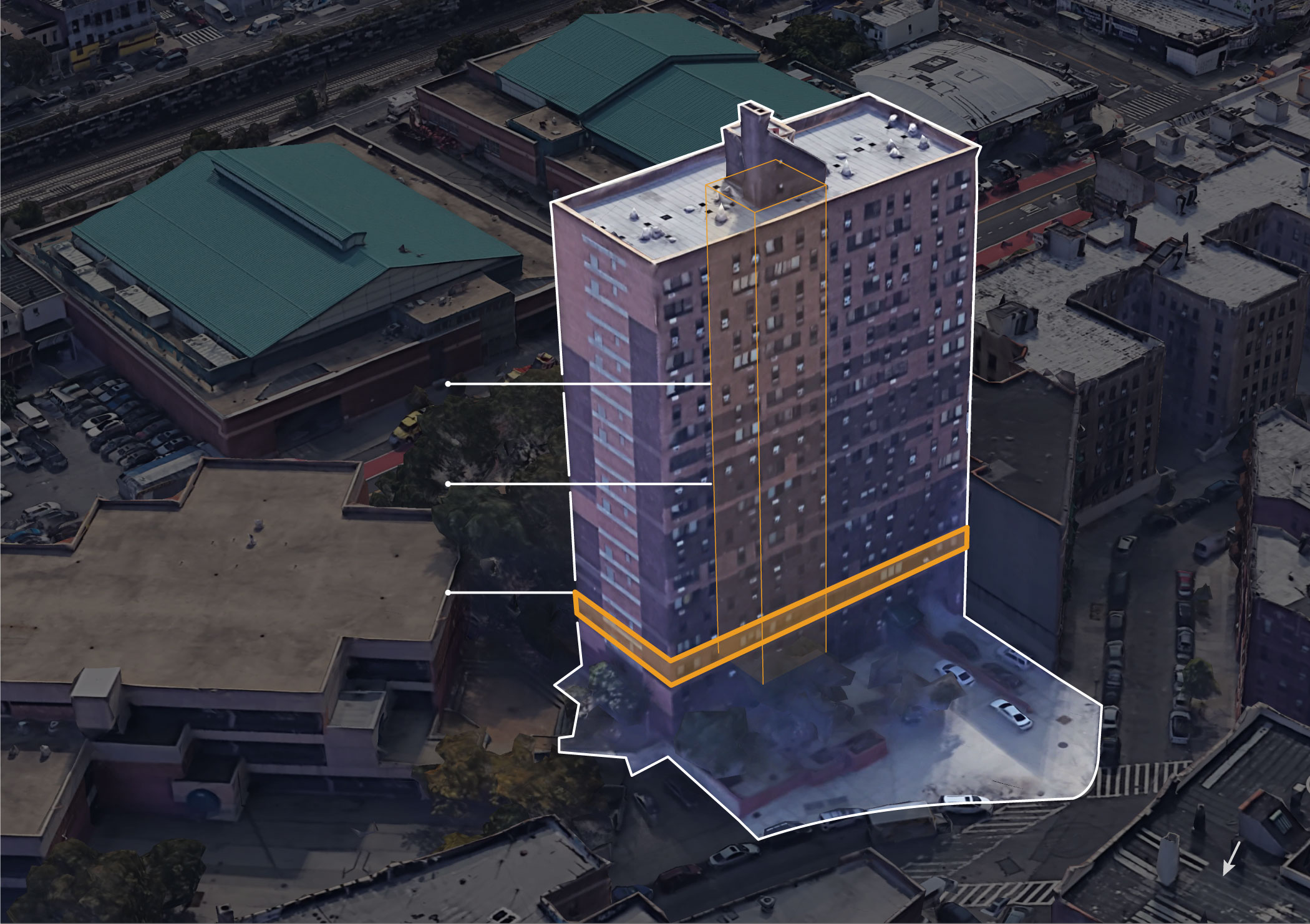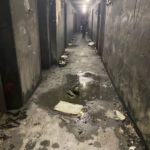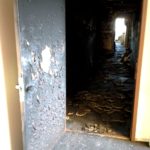 There are still details that have not been released regarding the January 9th fire in a Bronx apartment building. Why didn’t the apartment door and the stairwell door close and help prevent the smoke from spreading? How can we try to ensure this doesn’t happen again? Here are some recent media updates – please let me know if you see other news reports that are worth sharing with iDigHardware readers.
There are still details that have not been released regarding the January 9th fire in a Bronx apartment building. Why didn’t the apartment door and the stairwell door close and help prevent the smoke from spreading? How can we try to ensure this doesn’t happen again? Here are some recent media updates – please let me know if you see other news reports that are worth sharing with iDigHardware readers.
The New York Times – Why a closed door can save lives during a fire
“Closing the door limits smoke spread and limits the oxygen that is available for combustion,” Dr. Madrzykowski said.
Those benefits are why New York requires that apartment doors in any building with three or more units be outfitted with special hinges to close on their own, and why the city encourages residents to close the doors to bedrooms while they sleep.
A public service announcement produced by the Fire Department and NY1, urging residents to “close the door” in case of fire, won an Emmy in 2000, the year after a pair of deadly fires in city towers.
Still, problems with open doors have persisted.
~~~
The Fire Brigades Union has written to US counterparts to offer to work together on building safety campaigning in light of the Bronx apartment fire and the Grenfell Tower disaster.
The deadly fire, which took place on 9 of January, claimed the lives of 19 people, including children. It took place in a 19-storey apartment block.
Early reports have pointed to similarities between the Bronx disaster and Grenfell, with failing door closers, lift problems, a lack of sprinklers and an ignorance of resident voices in the years up to the incidents all present for both fires.
~~~
Next City – The Bronx apartment fire is no surprise to me. I was a NYC renter.
Lastly, fire safety in multifamily buildings is extremely lacking. HPD has a list of fire safety requirements I just recently discovered. None of the buildings where I resided in New York—both pre-war and post-war buildings—were compliant with any of these requirements. Instead of a self-closing apartment front door, I would have to struggle pushing or pulling the door shut. I’ve encountered defective smoke alarms in my apartments and would have to purchase my own at local hardware stores. I’ve never received fire escape plans from property managers, nor have I ever seen stove knob covers. Who are we keeping safe if tenants are not informed of fire safety requirements that are placed onto their property managers? We need to disseminate graphics to tenants, such as the one HPD developed below.
~~~
GLK – Survivors Of Bronx Apartment Fire File Lawsuit Against Property Owners
Attorneys for the plaintiffs alleged negligence on the part of numerous entities related to the deadly fire. Defendants in the lawsuit have been identified as Bronx Phase III Preservation LLC, as well as its three-member companies.
The complaint says that the property owners failed to ensure the front steel doors of the apartment were self-closing. This condition led the fire to spread rapidly through the apartment.
The complaint goes on to state that building owners failed to take steps to ensure the smoke alarms, sprinkler systems and intercoms set up throughout the building were functional.
~~~
All 17 people killed in the fire died of smoke inhalation. “It’s all about the smoke,” Alles says. Twin Parks, built of concrete, was structurally fireproof, so residents would’ve been safer staying in their apartments than trying to escape down the smoke-filled stairwells, as counterintuitive as that sounds.
“People in the stairwells were in an untenable position,” he says. If the self-closing doors had worked, “the building would have done exactly what it was designed to do.”
New York City has the most stringent building code in the country, but it’s not adequately enforced, Alles says: City inspectors should have detected the malfunctioning doors and forced the owner to fix them.
~~~
LeadingAge – Congress Questions HUD, Providers on Deadline Fires
On January 13, House Committee on Financial Services Congresswoman Maxine Waters (D-CA), and several members of the Committee, including Representatives Emanuel Cleaver (D-MO), Ritchie Torres (D-NY), Alexandria Ocasio-Cortez (D-NY) and Madeleine Dean (D-PA), sent letters to HUD Secretary Marcia Fudge, as well as to New York and Philadelphia housing authorities, local officials, and property owners following the two fire-related tragedies that occurred in the last week.
From the letters:
The Committee on Financial Services has long cared for the health and safety of assisted residents. We have held various hearings and passed legislation to address these issues, including a bill requiring carbon monoxide detectors in federally assisted housing after multiple assisted residents lost their lives to carbon monoxide poisoning. We have engaged with residents of assisted housing to better understand their experiences living in substandard conditions. Most recently, the House passed the Build Back Better Act which includes the Committee’s title that provides over $150 billion to increase the supply of quality affordable housing. In particular, this includes funds that would help improve local housing conditions to avoid similar tragedies and save lives in the future, such as $65 billion to address health and safety concerns in public housing and $1 billion to improve the conditions of HUD-assisted multifamily rental properties. The bill also includes $1.75 billion in funding that can be used to increase local capacity for building inspections and code enforcement.
In the case of the Bronx fire, 76 project-based vouchers were concentrated in the Twin Parks Northwest high-rise, which is a privately-owned apartment complex. What role does HUD, including its Office of Fair Housing and Equal Opportunity (FHEO), play in the determination and approval of where project-based vouchers are located? When a high threshold of project-based vouchers are located in a single property, how does that change the role of HUD and relevant Public Housing Authorities (PHA) in overseeing these properties?
Image: By Keith Collins and Anjali Singhvi, New York Times
You need to login or register to bookmark/favorite this content.










I just saw this related post today:
https://hyperallergic.com/709208/after-deadly-bronx-fire-architectural-workers-call-for-housing-justice/
Thanks for sharing, David! I didn’t realize that architectural group existed, and I’m surprised at the number of fires and deaths associated with space heaters: The portable devices, a common recourse for tenants in buildings with inadequate heating, account for 21,000 house fires and over 300 deaths across the country every year, according to data from the US Consumer Product Safety Commission.
– Lori